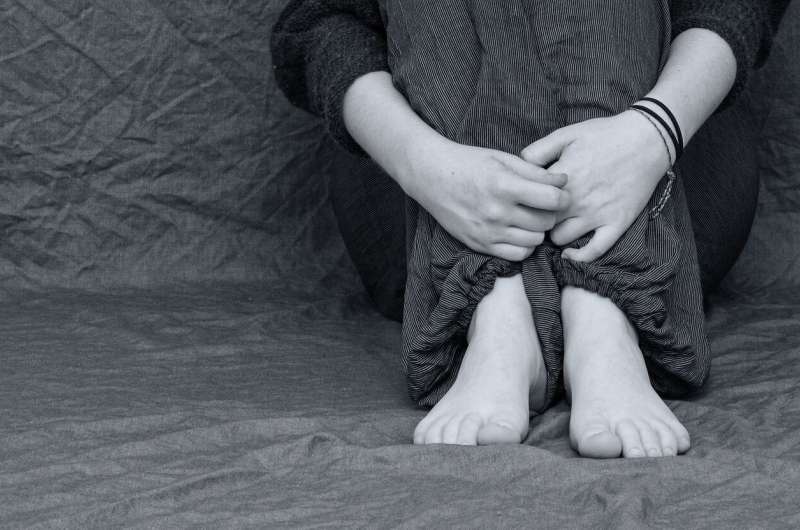Routine depression screening may capture underdiagnosed patient populations

Screening for depression at the primary care level could dramatically increase the likelihood of treatment for those who are traditionally undertreated—racial and ethnic minority individuals, older adults, those with limited English proficiency and men—according to a new study led by UC San Francisco.
Second only to cardiovascular disease as a leading cause of disability, depression goes unrecognized in more than half of patients presenting with symptoms in primary care, where an estimated 60% of patients receive depression care, studies have shown.
The researchers tracked electronic health data of 52,944 adult patients seen at six UCSF primary care facilities over a two-year period. After a routine screening policy was implemented, depression screening rates more than doubled—from 40.5% in 2017 to 88.8% in 2019, the researchers reported in their study, publishing in JAMA Network Open on Aug.18, 2022.
In 2018, they found that for every 100 patients ages 18 to 30 screened for depression, 75 patients ages 75 and older were likely to be screened for depression. For every 100 English-speaking white patients screened for depression, there were 59 Chinese-language patients and 55 other non-English language patients likely to be screened for depression.
By 2019, statistically significant disparities virtually disappeared for older patients, Black/African Americans, other English-speaking patients and patients with language barriers. However, screening for men remained relatively low: for every 100 women screened for depression, 87 men were likely to be screened for depression, compared to 82 men before the policy was implemented.
"Our study is the largest since 2016, when the U.S. Preventive Services Task Force recommended that adult patients be screened for depression, and the first to investigate patient predictors of screening," said first author Maria E. Garcia, MD, assistant professor in the UCSF Division of General Internal Medicine and the Department of Epidemiology and Biostatistics. "Because depression impacts so many other chronic diseases, implementation of routine depression screening could also improve patient outcomes for complications from other conditions."
The average age of the patients was 49, 59% of the patients were female, 43% English-speaking whites, 25% English-speaking Asians, 9% Latino, 7% Black, 1.4% Pacific Islander, 0.3% American Indian/Alaskan Native and 5.5% were patients with language barriers. Race and ethnicity data were missing or unknown for 9% of English-speaking patients. "Our study shows that a systems-based approach can increase depression screening and address screening disparities," said senior author Leah S. Karliner, MD, professor in the UCSF Division of General Internal Medicine.
Several factors contributed to achieving high, more equitable screening rates, the authors stated. During the study period, depression screening was a priority as part of a larger focus on quality improvement metrics across safety net systems in California tied to state funds; this provided primary care practices with resources.
Additionally, the health care system convened a task force with representation from all primary care practices focused on identifying screening disparities in clinical settings. Multilingual primary care staff, interpreters and screening tools in multiple languages were made available.
"Depression screening is necessary, but not sufficient, to decrease care disparities. Screening may help with poor physician recognition of depressive symptoms, but it must be followed by clinical action," Garcia said.
Future evaluations will center on whether screening is associated with increases in depression diagnosis, treatment, follow-up and remission, she added.
More information: Maria E. Garcia et al, Equitability of Depression Screening After Implementation of General Adult Screening in Primary Care, JAMA Network Open (2022). DOI: 10.1001/jamanetworkopen.2022.27658




















